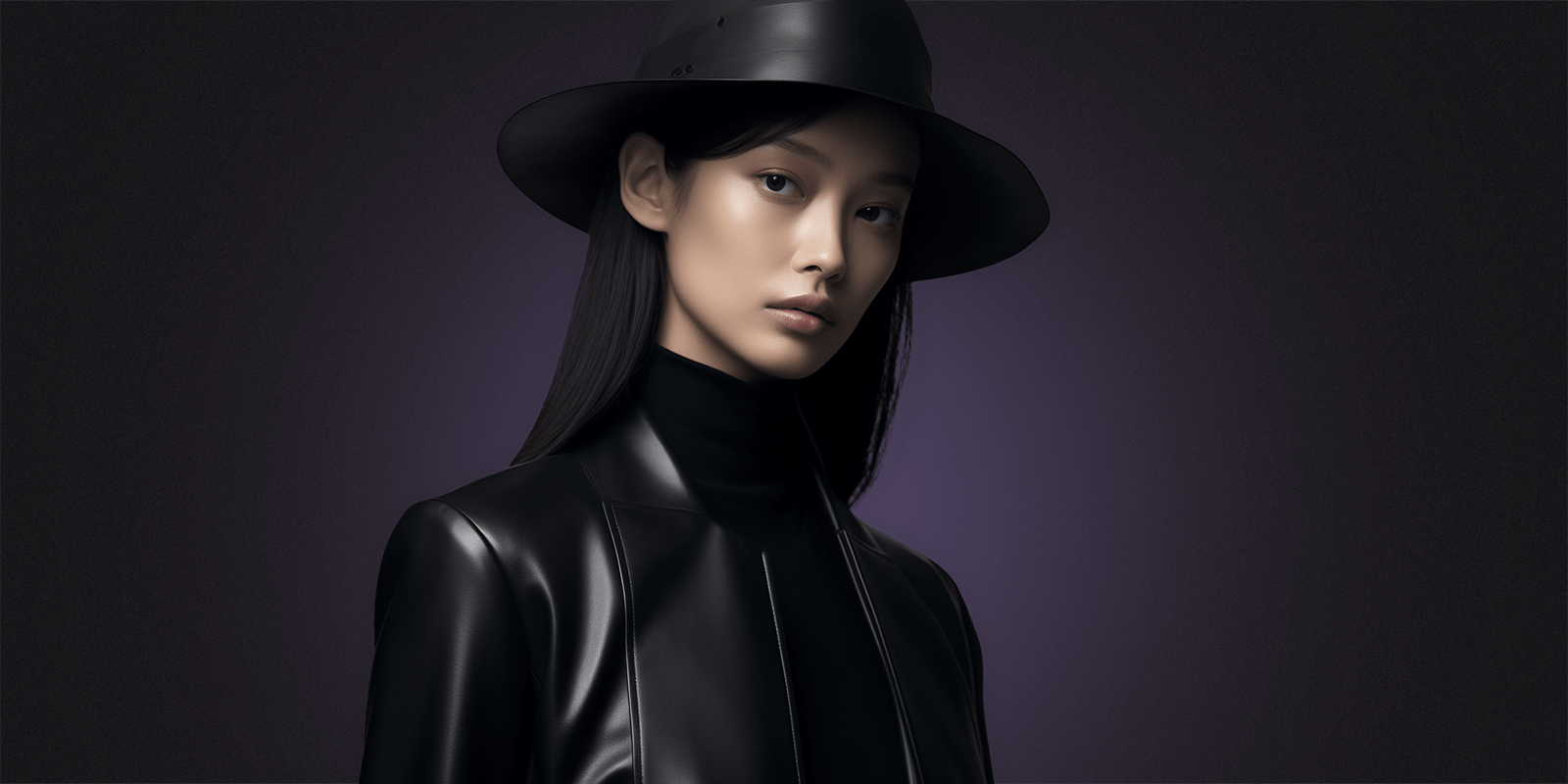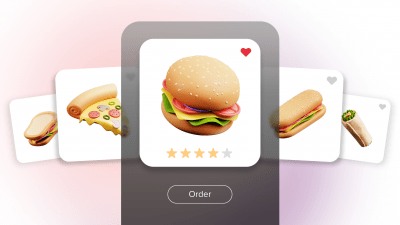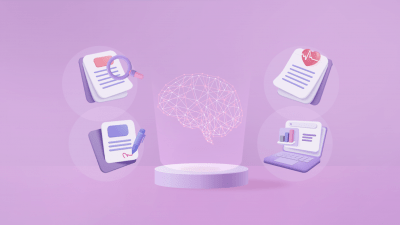Last Updated on: 7th November 2024, 07:00 am
Fashion brands have always had to stay on the cutting edge of the latest trends. But now, the industry is incorporating technology. Just how is AI changing fashion? Artificial Intelligence promises to reshape whole sectors of the economy, and fashion brands will have to adapt. Companies that use AI or Deep Learning are crafting tomorrow’s trends with precision and personalization. From predicting trends before they happen to getting dynamic pricing right, AI offers a strategic leg up that’s changing an industry. Those who embrace it are not just keeping pace; they’re setting it while competitors trail behind. See how fashion brands are already using AI and step into the future of fashion with us.
Table of Contents
- Using AI to predict trends before they emerge
- Crafting beauty products with AI
- Employing algorithmic dynamic pricing
- The future of AI in fashion
Using AI in fashion to predict trends before they emerge
AI-driven trend forecasting could enable brands to be ready to roll out new styles before they emerge. Traditionally, trends were set by a few designers and decided at fashion shows. Now influencers, bloggers, and celebrities set trends in real-time across social media platforms. As a result, emerging trends are much more decentralized and harder to predict.
Companies like Heuritech are using technology to analyze millions of images on social media to predict fashion trends up to a year in advance. Their scans look at silhouettes and materials to make informed decisions about what fashion brands should be producing. This approach not only adapts to ever-changing consumer demands, but could also allow companies to produce more sustainably by cutting down on unsold merchandise.
With advanced AI, brands can use data—especially large unstructured datasets—to identify emerging patterns. This, in turn, helps brands keep a competitive edge in a market where speed and relevance have always been important. AI trend forecasting blends data science with strategies the fashion industry has always used, just faster and with better certainty.
Crafting beauty products with AI
AI may know your preferences better than you know yourself. It can apparently also suggest specific scents to lift your mood. Perfumers are integrating AI to craft scents that can elicit emotional responses. Researchers like Hugo Ferreira are using biometric measures to map out “neuroscents”—fragrances that can trigger feelings of calm, happiness, or even sleepiness by stimulating different areas of the brain associated with emotions and memories.
Beauty brands are now investing in this science. For instance, L’Oréal’s collaboration with Emotiv has led to an EEG-based scent selection experience, boasting a 95% success rate in Yves Saint Laurent stores. Meanwhile, niche perfumers are using AI for personalized fragrances, like EveryHuman’s algorithmic perfumery.
AI can help brands come up with new products no one has created yet, or thought were commercially viable until now. Market research using millions of brain scans uncovered that scents like lemon and lavender elicited positive responses which participants couldn’t quite articulate. This research led major perfumiers to add those ingredients to already best-selling scents.
Employing algorithmic dynamic pricing
Fashion brands are shifting to online direct-to-consumer models as a major opportunity for growth and dynamic pricing is essential to that success. Brands like Levis, Adidas, and Under Armour are adopting this model for better margins, pricing autonomy, and brand narrative control. However, it’s not just about adjusting prices; it’s also about setting clear, product-specific rules that accommodate market and online platform fluctuations without undermining brand positioning.
The right strategy balances flexibility and consistency, using data to inform a dynamic pricing tool tailored to the brand’s needs. This approach can significantly boost ROI and enhance price perception, leveraging machine learning to optimize prices dynamically. Brands should integrate a strategic, data-informed, and dynamic pricing system to thrive in direct-to-consumer ecommerce.
Artificial Intelligence—specifically Deep Learning algorithms—can take in millions of unstructured data points to make autonomous decisions like when and where to show ads to consumers likely to convert. These algorithms can also decide which ad creatives to show and how to price offers to encourage shoppers to buy.
Using Deep Learning algorithms in advertising means more efficient campaigns and higher return on ad spend through precision targeting. Part of that precision is dynamic pricing and product offerings on the ad creative itself. For fashion brands, these data insights and better targeting mean better margins and higher return on investment.
The future of AI in fashion
AI is revolutionizing fashion in profound ways. Its ability to forecast trends and tailor products is unprecedented, marking a new era of innovation and consumer engagement. AI’s impact on dynamic pricing strategies and wearable technology is also significant, offering fresh perspectives on personalization and consumer habits. As in many industries, AI promises to shape the future of fashion and create new ways to engage with audiences, predict trends, improve ROAS, and run more efficient fashion campaigns.
To learn more about how fashion brands can benefit from AI and Deep Learning, visit our case studies page.





